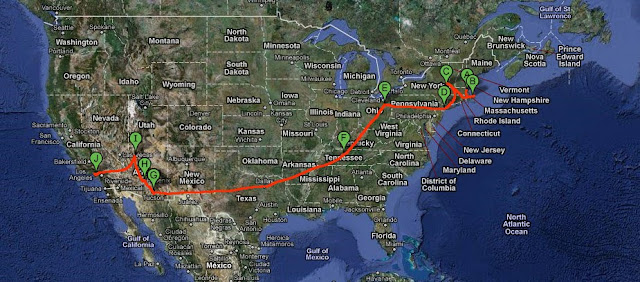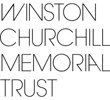 |
| Dr Bob’s house, Akron. |
Both Bridgestone/Firestone and Goodyear tyre companies were founded in Akron, making tyres for Henry Ford down the road in Detroit; and it was Henrietta Sieberling, whose husband was the eldest son of the founder of Goodyear, that brought two struggling alcoholics, Bill W and Dr Bob, together for the first time in Dr Bob’s house in Ardmore Avenue. That was 1935. In the intervening 75 years, AA has become the bedrock to thousands of treatment-centre philosophies and has spawned a global 12-step treatment model that has proved highly effective in treating dependencies and addictions of all kinds.
 |
| The Interval Brotherhood Home, Akron. |
Approximately 60 recovering male and female addicts of some sort are on the roll at any one time and the reputation of IBH is such that they come from all across the USA for the 90- to 120-day treatment offered here. Another reason they come is that treatment is available here whether you have money, medical insurance or not. Father Sam would not mind me calling him a ‘wheeler dealer’ when it comes to raising charitable funds for IBH, as these funds make up the largest part of IBH's income and he is very successful at it. Other monies come through private payment for treatment, private health insurance, and interestingly for the USA, from a local Akron property tax that home-owners pay to support the homeless and destitute.
The single biggest difference I have noticed between US and UK addiction treatment lies in the difference between private and public health care provisions. This means that finding good treatment in the US on a low or non-existent budget is more difficult than in the UK. There are no social services or local health authority budgets to fund addiction treatment in the US, and the private health insurance schemes allegedly go to great lengths to avoid paying for recovery from this particular health condition. However, charitable (often called ‘scholarship’) funding is available; mostly from a religious congregational source, but also from the innovative endeavours of compassionate and concerned individuals.
As in the UK, the contentious understanding of addiction/dependency as a mainstream illness and health issue results in treatment being a ‘cinderella’ or shadow service. The cultural idea that the addict is morally responsible for contracting the disease is even more pronounced here than in the UK, and the reluctance to make funds available for treatment reflects this non-acceptance that addiction is an illness. The debate will go on; but while it does, the estimated 20 million Americans who need treatment will find it hard to access it.




congratulations
ReplyDelete